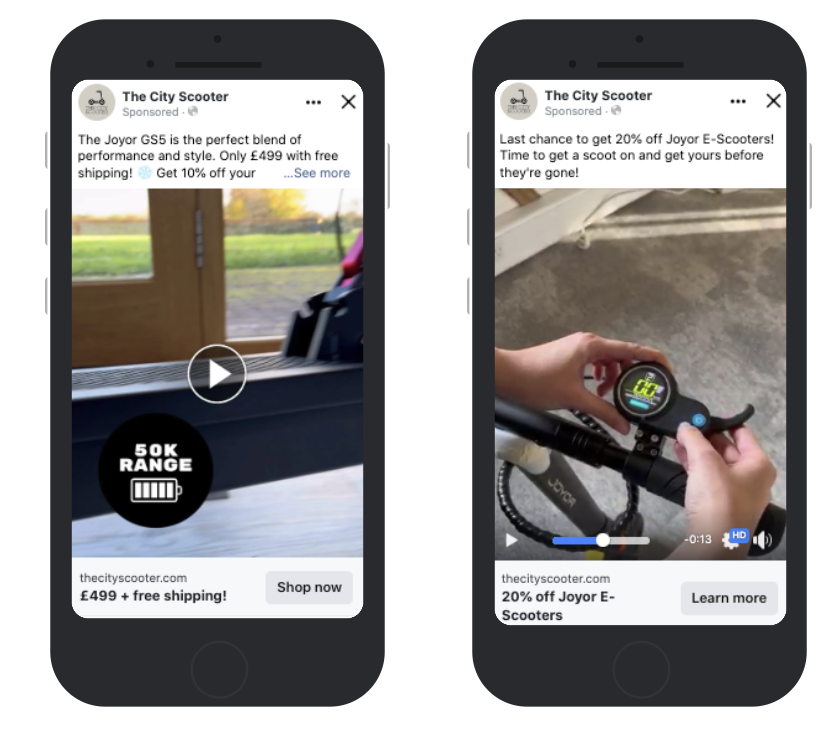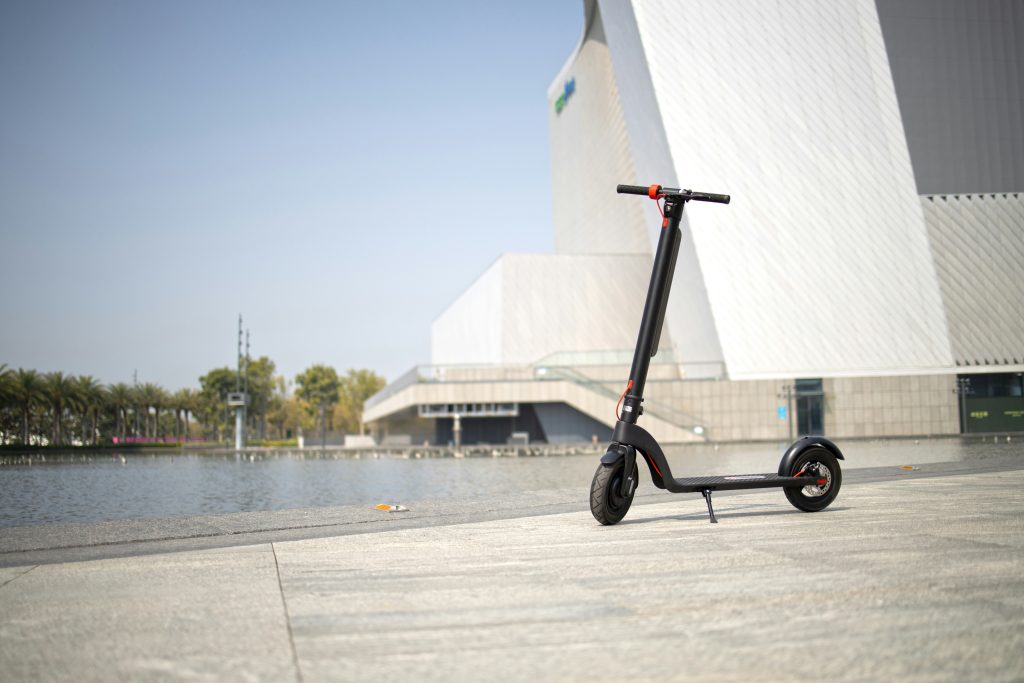If you’ve been following us on social, you’ll probably be aware that late last year we launched The City Scooter, an ecommerce brand selling E-Scooters and related accessories. The aim of the project was to go through the experience of launching a brand from scratch; conceptualising the brand, sourcing suppliers and of course testing out performance marketing strategies to grow sales.
So far it’s been an amazing project, with a whole host of learnings that have provided a wealth of context and training opportunities for the team here at Overdrive. First hand learnings that I truly believe make us better at doing what we do best.
So, what have we learnt in the first six months? Here’s our top five learnings so far!
Channel mix is key
We talk about channel diversification a lot, particularly when it comes to testing new opportunities and spreading your paid media spend.
This is clearly a very important part of any performance marketing plan, however there are other elements to it too.
Whilst performance marketing is an amazing tool to launch and scale a brand, the importance of securing a strong organic presence is absolutely vital to long-term profitability.
The same goes for email; without getting the right email flows setup then you’ll be leaving potential conversions on the table. When you’re spending money to acquire traffic, you have to make sure that you have EVERYTHING positioned to help convert your traffic into revenue.
Performance marketing works; but it works so much better in a complimentary mix of activity that all pulls together to drive sales.
Supply through to fulfilment
This sounds like a really obvious point, but you could have the best ads and campaigns in the world, but if you can’t maintain a steady supply of product and get it shipped out efficiently, the entire chain breaks.
Being a paid media specialists, supply and fulfilment was one of the areas we really had to learn quickly.
There’s been some tough lessons within this already, but we’re making good progress. From doing a better job of tracking stock, concentrating on building stronger supplier relationships, and automating as much of the fulfilment process as possible, things are infinitely better than when we launched.
Back to being a performance marketer; it’s really important to be aware of the process and inherent challenges that go with it. Being dialled into stock levels and any issues with shipping will mean that you can focus spend and efforts on areas that are going to have the best chance of success.
Product focus
Building awareness for a new brand is hard work. However, it’s also really easy to make hugely expensive mistakes and misjudgements with your spend.
This is one of the areas that best practice isn’t always the best option. Not many businesses can afford to invest huge amounts in building impressions with no immediate or even medium term return.
For most of us, awareness building has to have a more tangible short term outcome than simply increasing the eyeballs on your brand.
When it comes to how we approach this with The City Scooter, we’ve found the most effective method is to focus on individual products. In doing so, we can introduce the brand, highlight specific features & benefits, but also attract traffic that is more likely to convert at a faster rate.

This won’t be the best approach for every business, but the key is finding the right balance between building awareness and educating potential customers, but also driving revenue as quickly as possible.
Attribution
Starting a brand from scratch gives a unique perspective on attribution.
In the early days when there is very little PR coverage and little to no organic traffic, you can build a very clear sense of how each ad platform contributes towards sales.
By dialling spend up and down in specific areas, you can quickly test your theories and see the impact.
Our experience in the past six months has been that Paid Search pretty much always comes out on top if you’re looking at ROAS or CPA. However, if we turn down the spend on Paid Social we see an almost immediate decline in demand and revenue.
Whilst Paid Social doesn’t look as favourable if you are looking at ROAS, the halo effect on site activity cannot be underestimated.
We also see sales attributed to other channels where paid social is the only way that anyone in the UK would be able to learn about those specific products.
The lesson here is that attribution isn’t always the black and white science that we all would love it to be. It’s often far more complex and viewing your attribution at a surface level could lead to long term issues with demand.
Creative
Investing in the best creative you can afford is 100% worth the investment.
With a combination of products from various suppliers; some of the creative is great and some leaves a bit to be desired. Where we’ve felt the quality of creative provided to us is lacking, we have invested in our own photography and it’s been very worthwhile.

It sounds obvious, but the products with the best creative have proven to outsell those with poorer creative. The fact is, you can’t convince someone to buy a product if it simply doesn’t appeal to them.
Time after time we see brands investing in their media spend but neglecting spend on creative. Even taking a relatively small portion of your ad spend budget and putting that into improved creative will pay dividends.
I don’t think any of the learnings above are huge surprises, but they do show that getting the entire flow from first click through to the product arriving on a customers doorstep is vital to success and strong paid media performance.
As advertisers, the more we understand and experience as many steps in the ecommerce journey as possible, the better we all get at our jobs.
To understand how we can apply our skills and experience to support your business, contact the team today.


